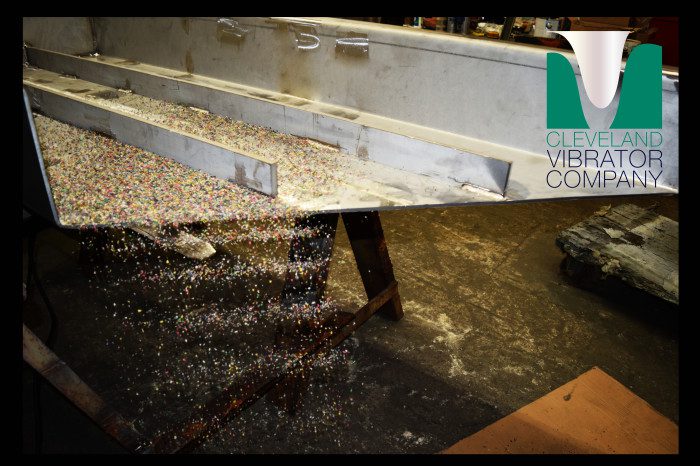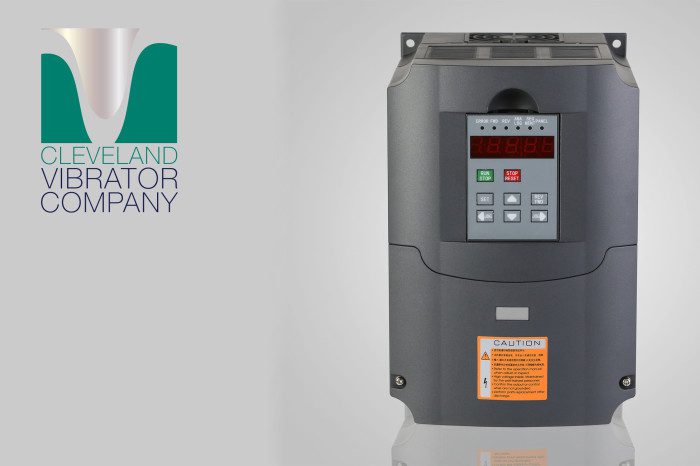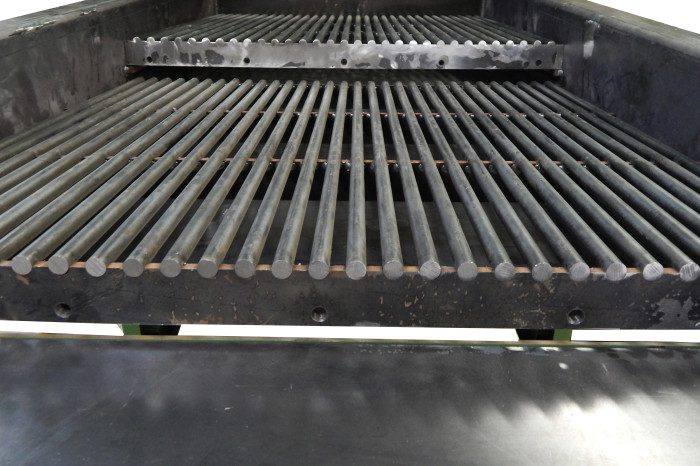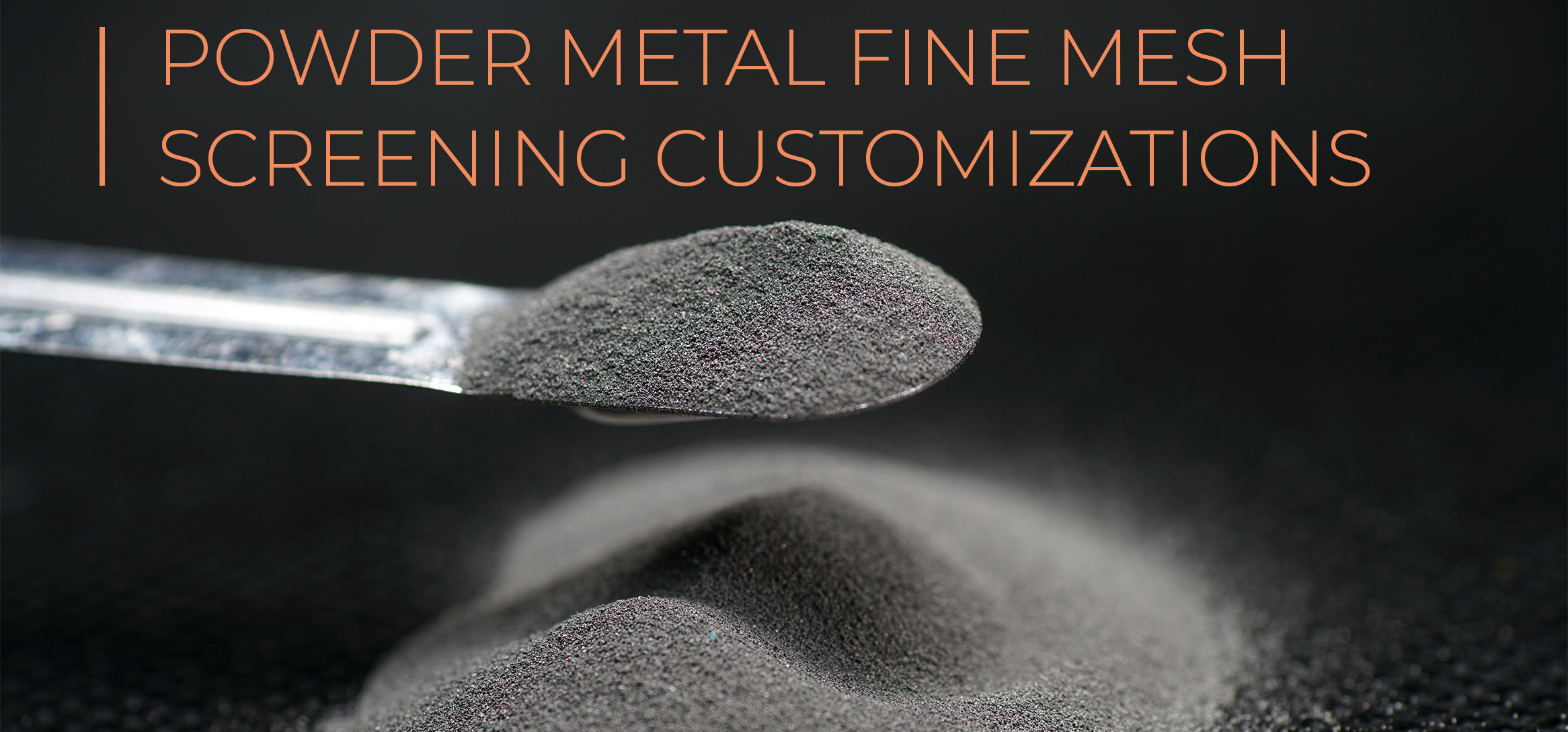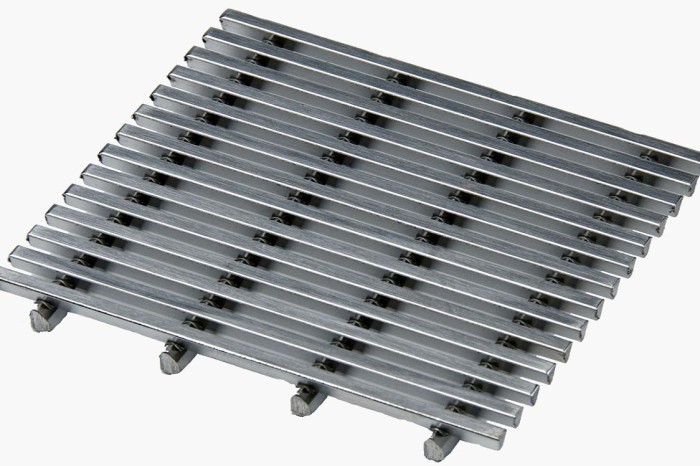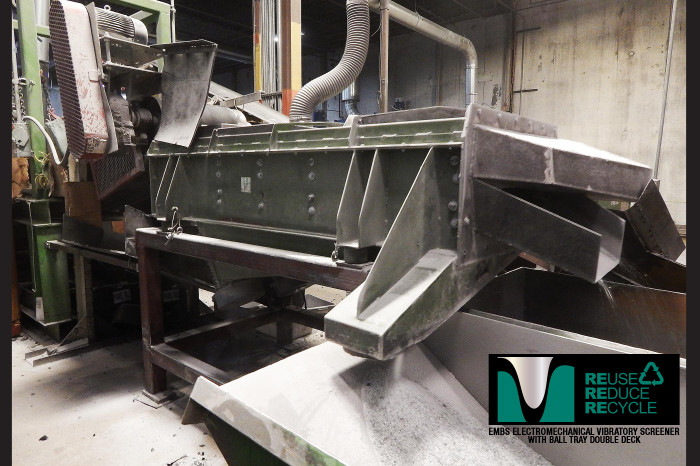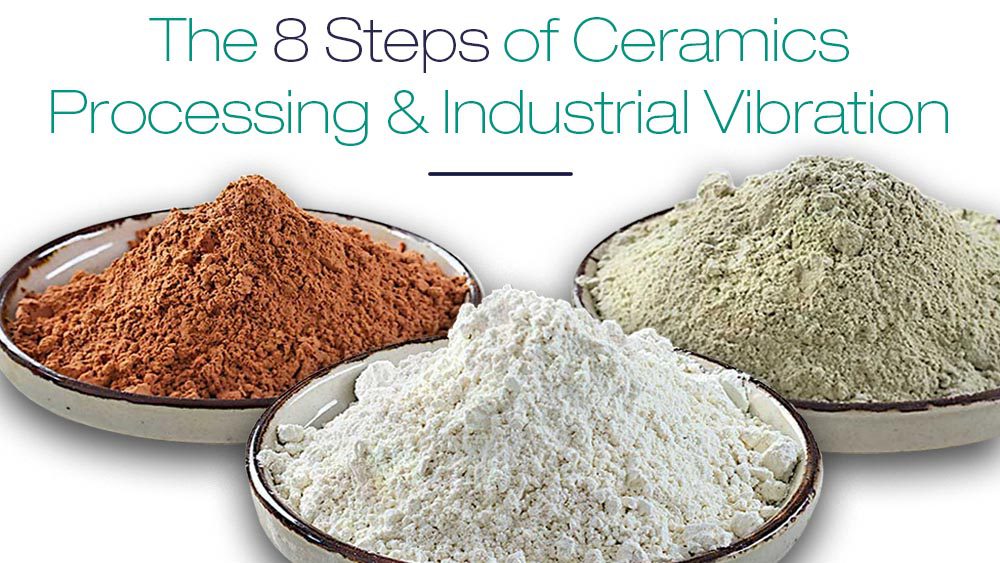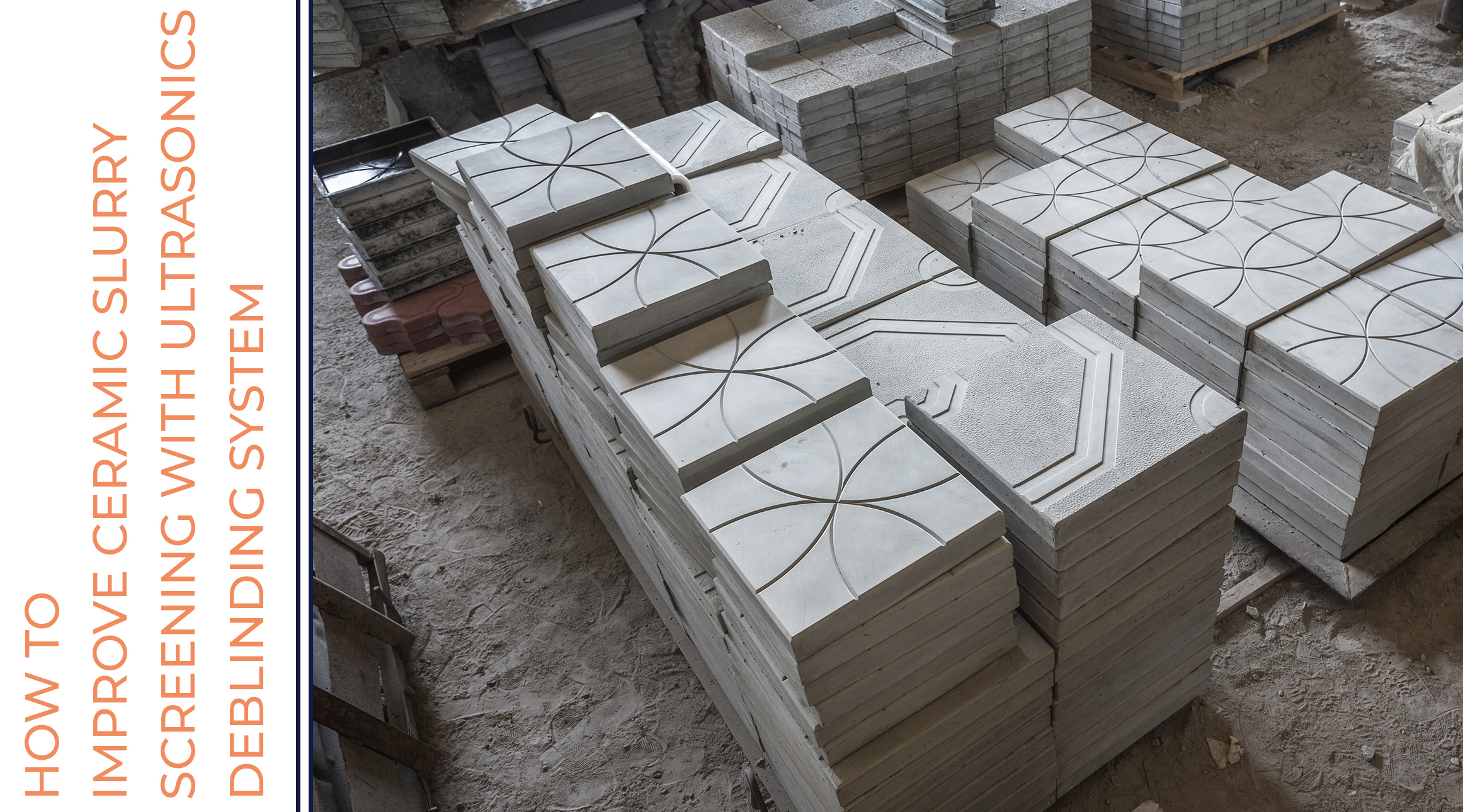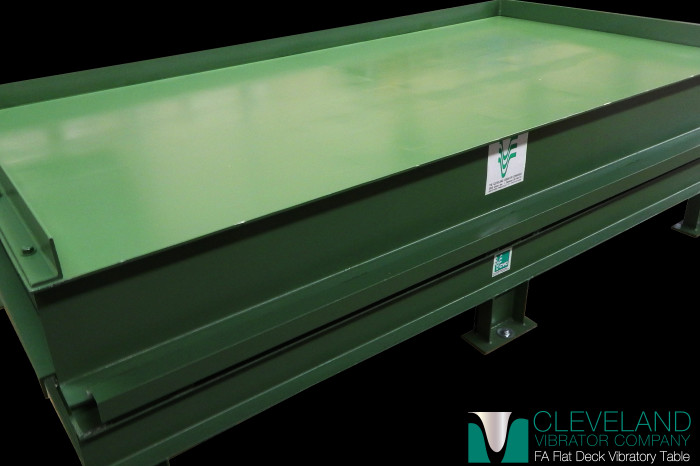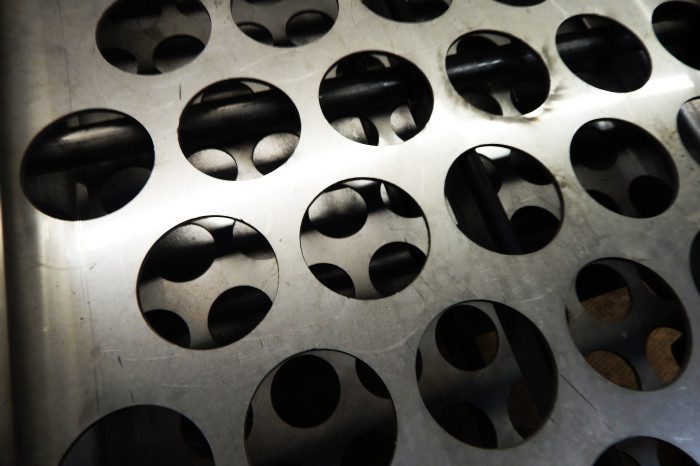Why Is My Bulk Material Feeding or Screening Inefficiently?
By CVC Team
Once again I’m touching on the topic of the proper setup of rotary electric vibrators (RE) when they’re used on vibratory equipment. Most of the vibratory equipment manufactured by The Cleveland Vibrator Company uses two rotary electric vibrators to produce linear vibration. Vibratory tables (FA), vibratory grid tables (GT), electromechanical screeners (EMS) and electromechanical feeders (EMF) are all designed for the vibrators to counter rotate. Again, counter rotation simply means that the vibrators rotate in different directions, one clockwise and the other counter clockwise. It doesn’t matter which vibrator of the pair rotates clockwise or counter clockwise, it’s just important that they both don’t rotate in the same direction.
I recently tagged along with Jack Steinbuch on a visit to a customer who was experiencing some problems with a vibratory hopper feeder (RFM). After inspecting the unit we asked the customer to remove the weight covers on the vibrators so we could check the rotation direction. Once the weight covers are removed from the same end of each vibrator it’s very easy to see the direction of rotation as the vibrators are started up. At startup it was clear that the vibrators were NOT counter rotating as required. Read More…
Share this blog post:


